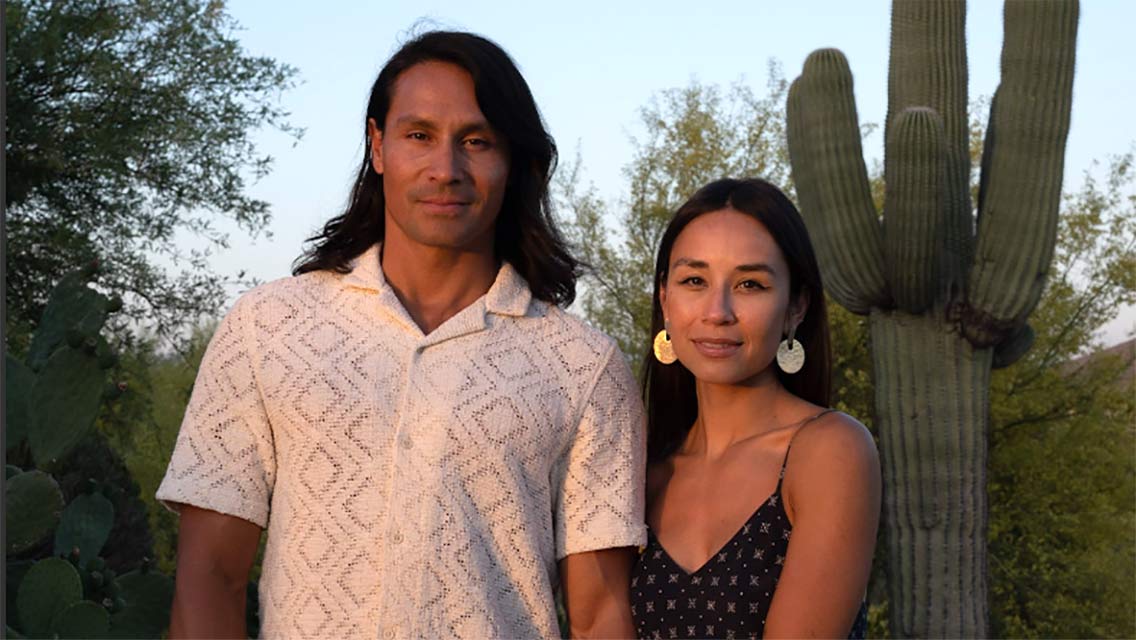It’s nearly Halloween, and your kid is begging to dress up as Black Panther, or Moana, or a geisha. Whatever costume your child is eyeing, it’s worth pressing pause to consider whether it might be disrespectful toward a culture that isn’t theirs.
Cultural appropriation involves adopting elements from a culture or identity that’s not your own in a way that is harmful, stereotypical, or exploitative. Sometimes, an act of appropriation is particularly offensive because it’s not really about culture at all, but imitates or exaggerates physical characteristics, says Jacob Levy, PhD, a political-theory professor at McGill University. For example, a few years ago, Disney pulled its costume of the demigod Maui after critiques that the brown bodysuits adorned with Polynesian tattoos were a form of “brownface” — defined as white people attempting to portray themselves as people of color.
On a similar note, actress Kenya Moore faced criticism for donning a Native American headdress in an episode of her television show. “The Indigenous community has been saying for longer than I can remember that it’s inappropriate for non-Indigenous people to wear headdresses, and within our community, they’re only worn by people with specific roles,” notes Jay Soule, a.k.a. CHIPPEWAR, an Indigenous multidisciplinary artist and cofounder of the Reclaim Indigenous Arts initiative.
Cultural appropriation involves adopting elements from a culture or identity that’s not your own in a way that is harmful, stereotypical, or exploitative.
The lines are harder to draw between cultural appropriation and simply appreciating and celebrating another culture. After all, culture is constantly interacting, borrowing, remixing, and evolving. “It’s unrealistic to say that everyone should stay in their own ethnic lane and treat cultures as if they’re hermetically sealed off from one another,” Levy says.
“Part of the fun about being in a very diverse society, or being able to travel, is you can experience different types of communities and cultures,” agrees Judy Tzu-Chun Wu, PhD, a professor of Asian American Studies at the University of California, Irvine. But power dynamics, racial and cultural hierarchies, and historic oppression often complicate those exchanges, she notes. “There tends to be a one-way transfer, in terms of pleasure, or income and opportunity.”
So how do you learn about and enjoy other cultures without appropriating them? Levy, Soule, Wu, and other experts suggest using these four questions to guide your behavior whenever you’re interacting with traditions — including fashion, food, music, art, holistic health, and spiritual practices — that don’t come from your own lived experience or heritage.
1. What is my purpose and position?
Begin by questioning your intention in engaging with the culture or tradition. Are you coming from a position of power or cultural dominance? Do you have a genuine interest, or are you doing it simply for fun or so you can post about it on social media?
“It’s possible to honor cultures that are not our own, and it’s important to do so,” says Brian Tate, a Brooklyn-based cultural curator and marketing strategist. “First, ask yourself, ‘Do I want to wear this for the purpose of lifting the culture up, or because I think it would be funny or make me seem cool?’”
African American music, fashion, and other cultural elements have historically been appropriated by outsiders hoping to appear more hip. Meanwhile, veterans may bristle at people donning military gear because it makes them look tough, without sensitivity to those who served in the armed forces.
If your purpose is to sell something or capitalize on a trend, it’s a good idea to think twice. Take chefs who include soup dumplings (or Chinese xiaolongbao) on a menu because they’re popular but fail to appreciate the depth and variety of Chinese cuisine, says Gina Lee, a partnership coordinator at Solid Ground, an advocacy and service nonprofit in Seattle.
“Ask yourself, ‘Am I viewing this cuisine in a stereotypical way?’” Lee suggests. “‘Am I halting my learning about this cuisine at just this ingredient or this one element?’”
“Cultural appropriation raises all sorts of complicated issues, and it’s not an easy process to figure out what the right path is,” Wu allows. “But I think it’s important to try to engage in that process, as opposed to saying, ‘Well, it’s complicated, so I can do whatever I like.’”
2. Do I understand the origins of this cultural tradition?
Curiosity is a good place to start when engaging with another culture, says Kerri Kelly, a community organizer, yoga teacher, and author of American Detox: The Myth of Wellness and How We Can Truly Heal. “You have to learn about what you don’t know, especially in a culture steeped in colonization that has justified theft and genocide,” she says. “Understand the history of suffering and struggle and resilience.”
For example, as you enjoy adding Spam to a dish, learn about the ongoing harm caused by the colonization of Hawaii that made the shelf-stable meat a staple of the islands, Lee suggests. And learn about current events as well as history. “The people of Hawaii have a lot of threats to their well-being right now,” she explains.
If you’re uncertain whether an aspect of a culture is sacred, research is your first step. “We’re in a world of information,” Tate notes. “Spend some time researching the issue online. Then contact a local organization that represents that community and ask them. Start a conversation.”
That learning can help you avoid missteps down the road. If you understand the origins of the dream catcher, a Native American talisman, you’ll recognize the version selling for a few dollars at a gift shop as a knockoff. An authentic dream catcher requires hours of work, including harvesting materials, Soule explains.
“If that same knockoff work wasn’t available in stores, galleries, gift shops, and museums, think about how it would allow our people to support ourselves with our Indigenous arts and culture, which would contribute to economic reconciliation,” he says.
3. Do I have permission?
In the aftermath of 9/11, Kelly found healing through yoga. She eagerly learned all she could about the practices that originated in Southeast Asia, including taking teacher training. But reflecting on it now, she believes she missed an important step. “I didn’t get permission,” she says. “I assumed that I could take up that space, that I could engage in that medicine.”
Two decades later, Kelly continues to grapple with the question of how a white woman can practice and teach yoga in a respectful, nonappropriative way. “I’m constantly questioning how I work with these practices and rituals in a way that doesn’t exploit them,” she says. While attributing practices and crediting her teachers, she also tries to build relationships of accountability with friends and colleagues who have roots in Southeast Asian countries. “My answer will always be: Ask the question in relationship.”
For example, if you’re attending a Chinese wedding and want to wear a cheongsam (a type of dress) that a Chinese friend gave you, ask your hosts if it’s appropriate, so you can know their preference. “Often, we’re seeing these as binary choices — right or wrong, tell me the answer,” Kelly says. “I don’t know that there is one answer.”
If someone explicitly invites you to share in a cultural exchange, you’re likely avoiding appropriation, mimicry, or devaluation. But if people from that culture are asking for compensation — such as with Indigenous arts — honor that request. Just because one person says a cultural borrowing is OK with them doesn’t guarantee that all other people from that culture will agree.
4. Am I open to being corrected or challenged?
To seek permission, you need to develop relationships across cultural lines. Begin by asking. If the first person you consult doesn’t have an answer, they may point you to a better source. “It’s always worthwhile to start a dialogue,” Wu says.
Those relationships will help you avoid exoticizing another’s culture and will keep you accountable. Accountability is a form of care and love, says Colombian-born theologian Jo Luehmann. When engaging with cultural practices that aren’t from your tradition, understand that you’re a guest.
“I don’t get to center my voice. This is not a place where I should be profiting, writing books, or getting clout,” she explains. “I subject myself to the authority and wisdom of those whose lived experience is rooted in this tradition.”
This article originally appeared as “Global Best Practices” in the October 2022 issue of Experience Life.





This Post Has 0 Comments